Root to shoot eating: what to do with leftover vegetables
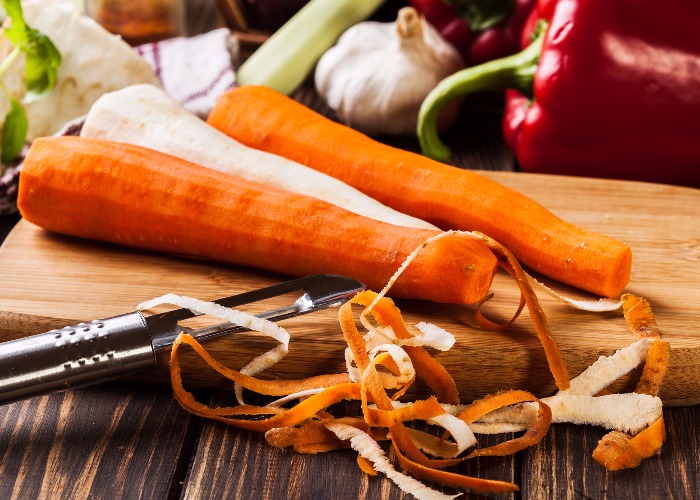
What do you do with the roots, stems, tops, leaves, peels and seeds of vegetables? It's time to stop composting them or throwing them away.
Root to shoot cooking is rapidly gaining popularity among chefs. Also known as ‘root to fruit cooking’ and ‘stem to root cooking’, it involves using unloved ‘vegetable offal’ in a manner similar to animal offal: the entire plant is utilised and nothing is wasted.
Not only is this zero-waste cooking sustainable and kind to the environment, but it’s kind to your pockets too as it makes vegetables go a long way. Best of all, it can help you become more creative in the kitchen and experiment with different tastes, textures and cooking techniques.
Here are our favourite leftover vegetable recipes for using ingredients that might otherwise end up on the scrapheap.
1. Potatoes
There are essential nutrients just beneath many vegetable peels. Potato peelings, with their distinctly earthy flavour, are wonderful either made into crisps or stir-fried. However, you must use them immediately after peeling the potatoes, otherwise they’ll discolour. Remove blemishes and green bits before use, and for extra flavour peel thickly so that some of the flesh clings to the peelings.
To make crisps, toss them in olive or rapeseed oil and seasonings of your choice, and roast in a 200°C/ 400°F oven for around 15 minutes.
Another clever idea is to stir-fry them traditional Bengali-style in mustard oil with nigella seeds, white poppy seeds and green chillies – an excellent accompaniment to dahl and rice.
 Sea Wave/Shutterstock
Sea Wave/Shutterstock
2. Carrots
Carrot peels can also be used for making crisps, or you can add them to stir-fries and soup stocks (try this vegetable stock recipe).
Use the tops to make pesto. Chop carrot leaves and add nuts and herbs of your choice; then whizz in a food processor with olive oil, garlic and parmesan or pecorino. Basil, coriander, parsley, walnuts, almonds, cashew nuts, pine nuts and macadamia nuts all work well.
You can use the leaves of beetroot, kohlrabi and white mooli radish too – they’re brilliant in stir-fries, or sautéed simply with olive oil, garlic and a squeeze of lemon.
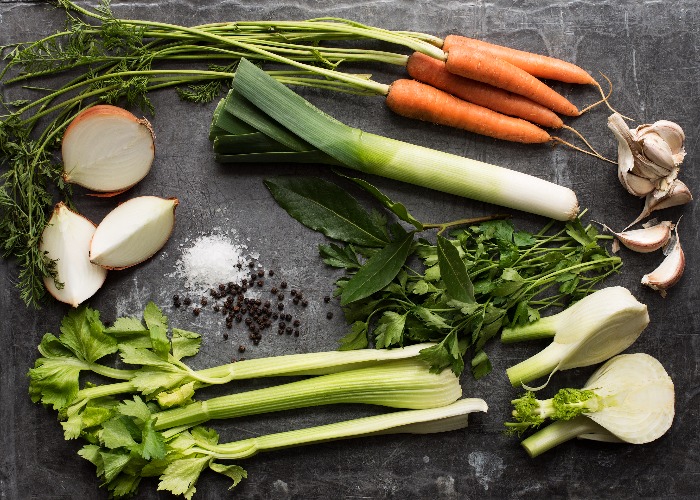 The Flexible Vegetarian/Susan Bell/Frances Lincoln
The Flexible Vegetarian/Susan Bell/Frances Lincoln
3. Cauliflower
The stems and leaves of cauliflowers can both be used, but it’s important to trim and peel the stems carefully before use otherwise they’ll taste coarse.
You could finely chop them and add to the dish you are already cooking, or pickle them in a mild vinegar solution (rice wine vinegar is ideal) with a little salt and pinch of sugar.
The same can be done with cabbage stems. These stem pickles are delicious in sandwiches or as an accompaniment to rich, cheese-topped baked pasta dishes.
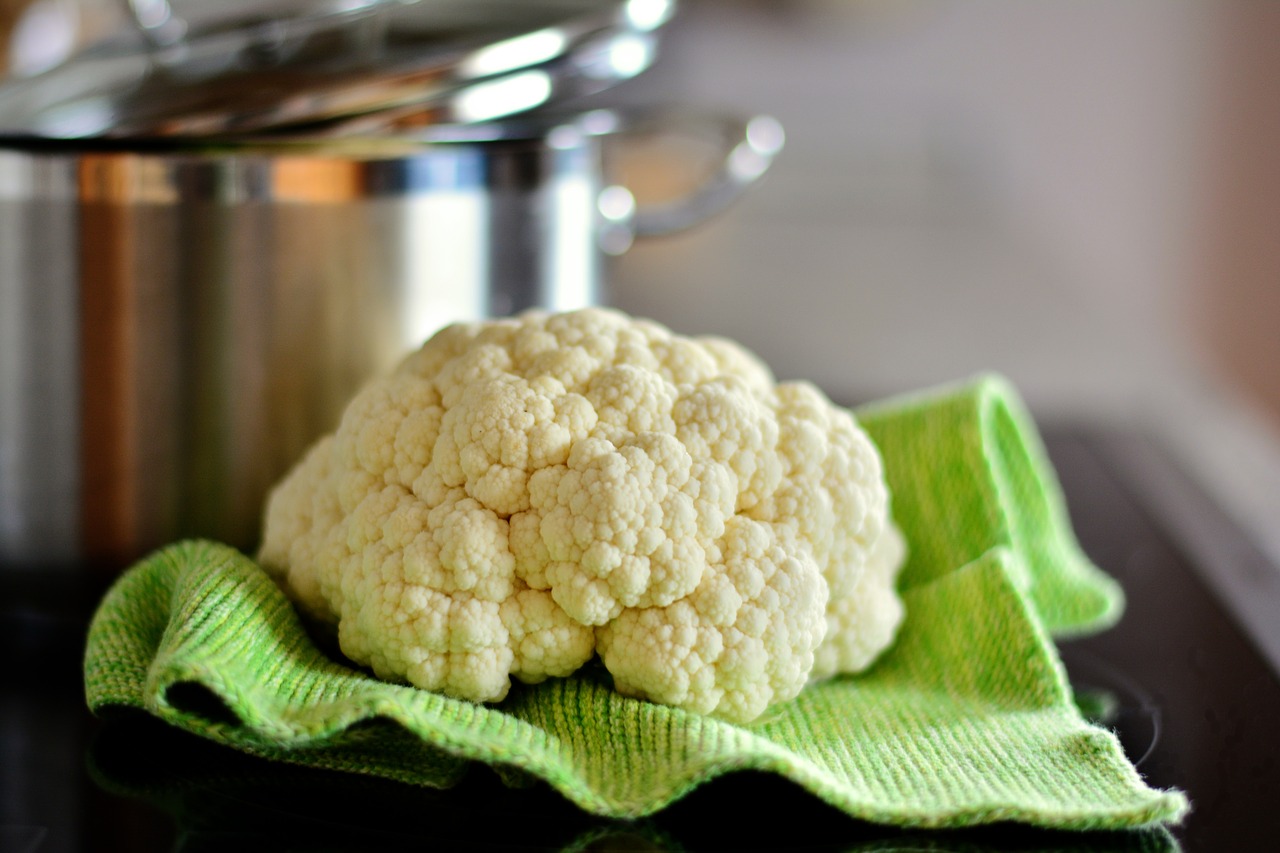 Pixabay
Pixabay
4. Broccoli
With a crisp texture similar to water chestnuts and a flavour akin to kohlrabi, broccoli stems are an interesting vegetable in their own right.
Stir-fry them Chinese-style with shiitake mushrooms, sesame oil and ginger or pickle them like cauliflower stems. It’s best to peel them before use.
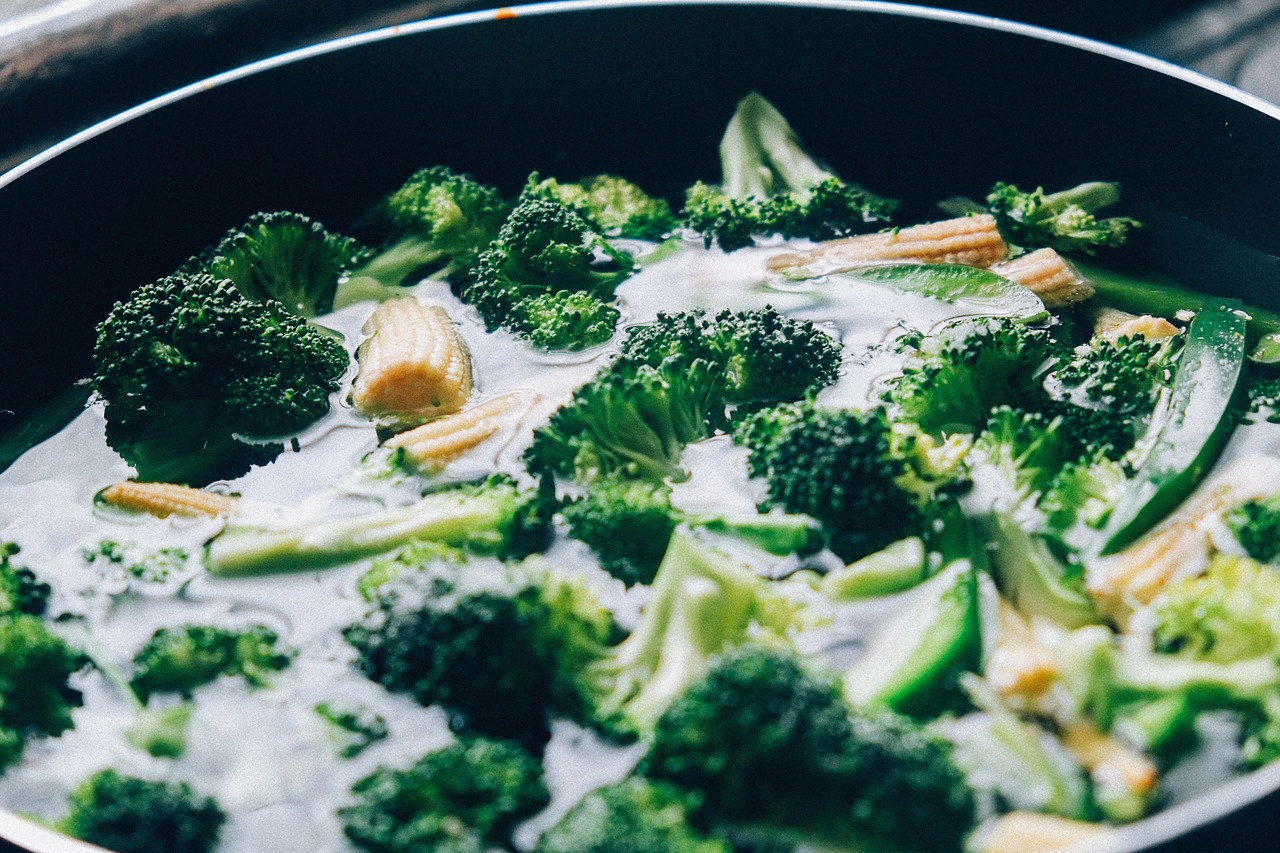 Pixabay
Pixabay
5. Peas and broad beans
The pods of peas lend a mild, sweet flavour to stocks for soups and risottos. Jains in India also make a vegetable side dish by lightly but swiftly peeling the lop layer of each side of a pea pod (a laborious process, but well worth the effort) and cooking them with chilli, turmeric, coriander and cumin.
Broad bean pods also make a good snack or side: try this recipe which sees them battered, deep-fried and served with a spicy mayonnaise.
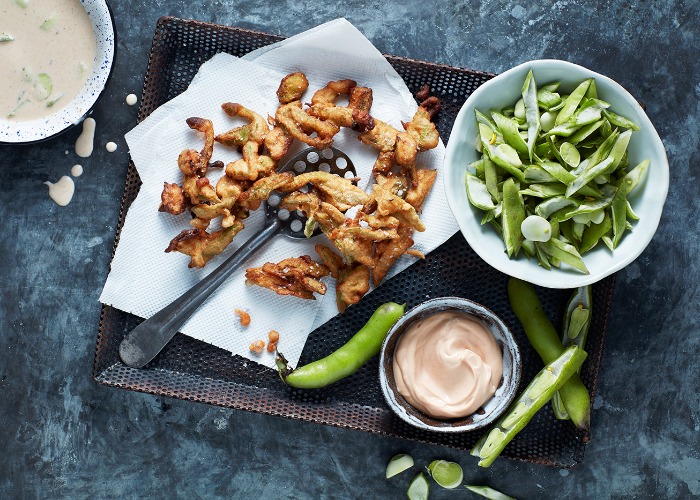 Watkins Media Limited
Watkins Media Limited
6. Tomatoes
If you’re dipping tomatoes in boiling water to extract the pulp for a recipe, be sure to save the skins.
You can use them in stock or dry them out and fry in a little olive oil until crisp. Fried tomato skins can be added to salads, sandwiches, stews, bruschetta and soup garnishes.
You can also powder them: bake in a 140°C/ 275°F oven (or use your oven’s lowest setting) for a couple of hours until crisp, then cool and grind into a fine powder. Mix with sea salt to make tomato salt, or sprinkle on sauces, egg dishes and popcorn. Tomato skin powder also makes excellent natural food colouring and will give your dishes an attractive deep-red hue.
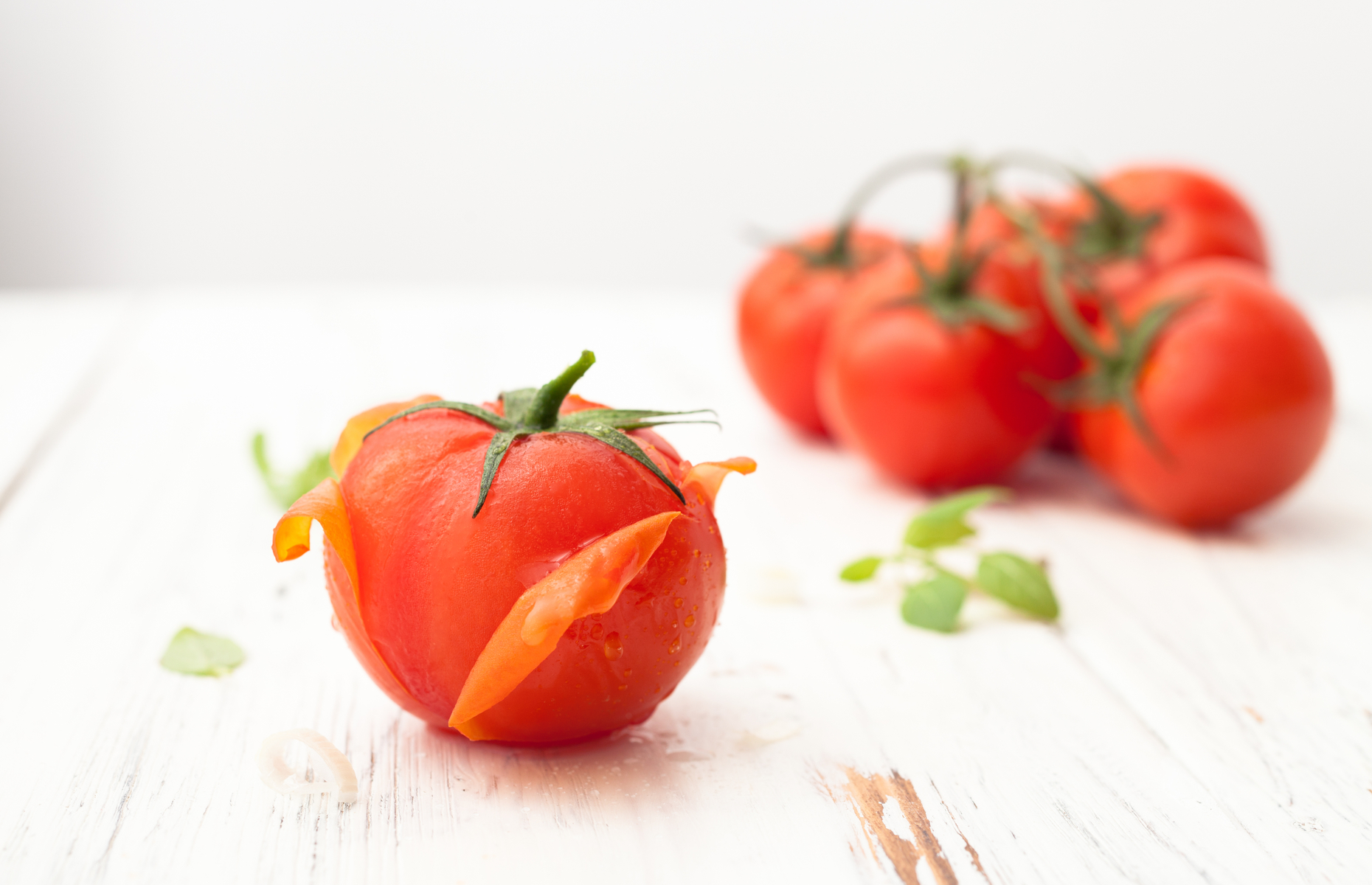 EKramar/Shutterstock
EKramar/Shutterstock
7. Sweetcorn
You can utilise all the parts of an ear of corn: the husks, silk and bare cobs. Use the husks to wrap Mexican tamales or meats and vegetables for the barbecue. The parcels can be tied up using the silk.
The bare cobs, with their bone-like appearance, are ideal for making vegetarian broths or stocks. The silk can be added in too, but remember to pour the finished stock through a fine-mesh sieve or muslin – you don’t want hairs in your mouth while eating.
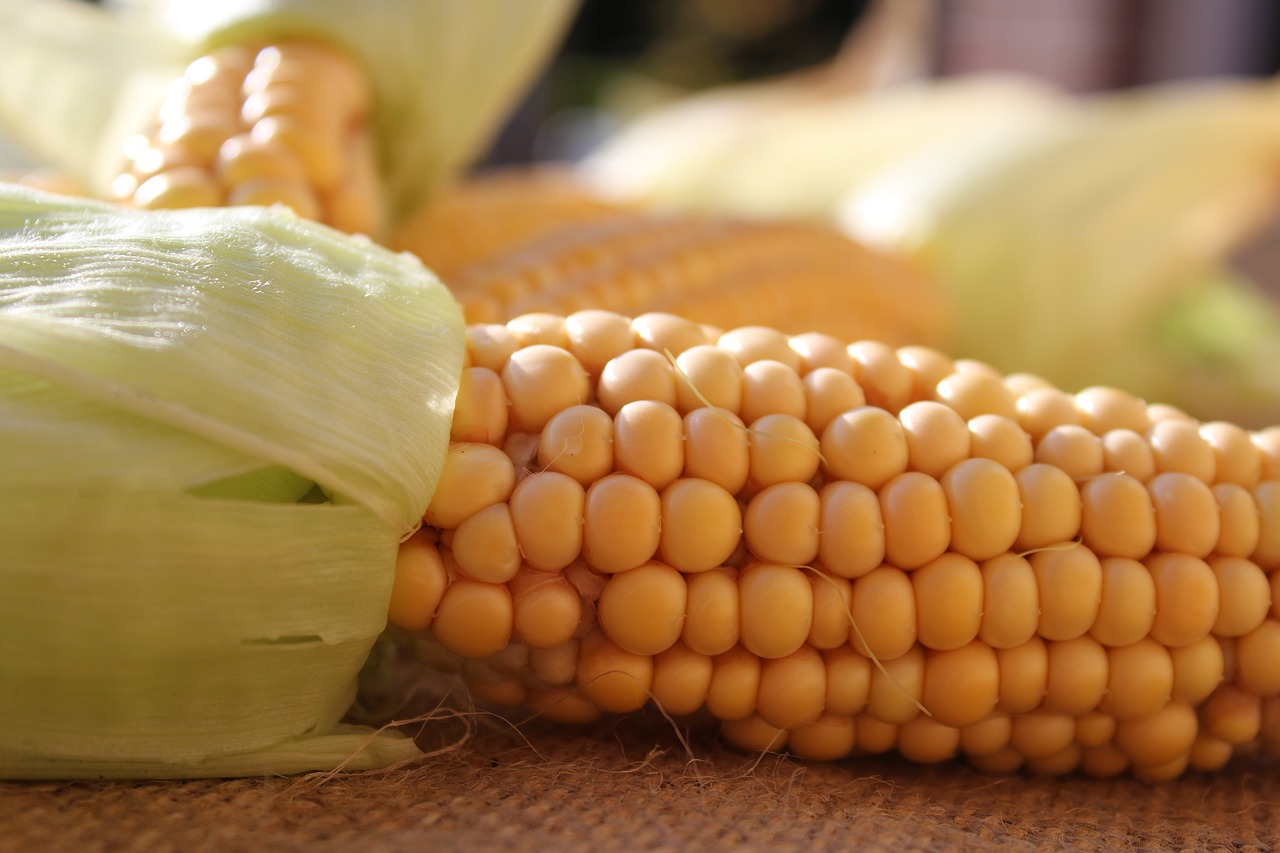 Pixabay
Pixabay
8. Pumpkins and squashes
Why buy packaged pumpkin seeds when you can ‘make’ your own?
Save the seeds from pumpkins and squashes, rinse and let dry thoroughly. Then drizzle with olive oil and flavourings of your choice, such as sea salt, flavoured salts, chilli powder, soy sauce or a little harissa.
Toast them gently in a frying pan until they’re pale brown and starting to pop, or roast them in an 180°C/ 350°F oven for around 10 minutes. Just keep an eye on them so that they don’t burn.
 Pixabay
Pixabay
9. Onions
There are a couple of fun things you can do with onion skins: make marbled eggs or use them in ash baking.
To make marbled eggs, boil brown or red onion peels (the larger the quantity, the more successful the finished result) until the water acquires a dark brown or purplish colour.
Discard the peels, and boil your eggs in the remaining dyed water until nearly done. Remove gently, and tap lightly all over with a spoon until the shells crack a little – you don’t want too many cracks, just a few. Place them back in the water to finish cooking. When you peel the eggs, they should have a pretty marbled pattern all over.
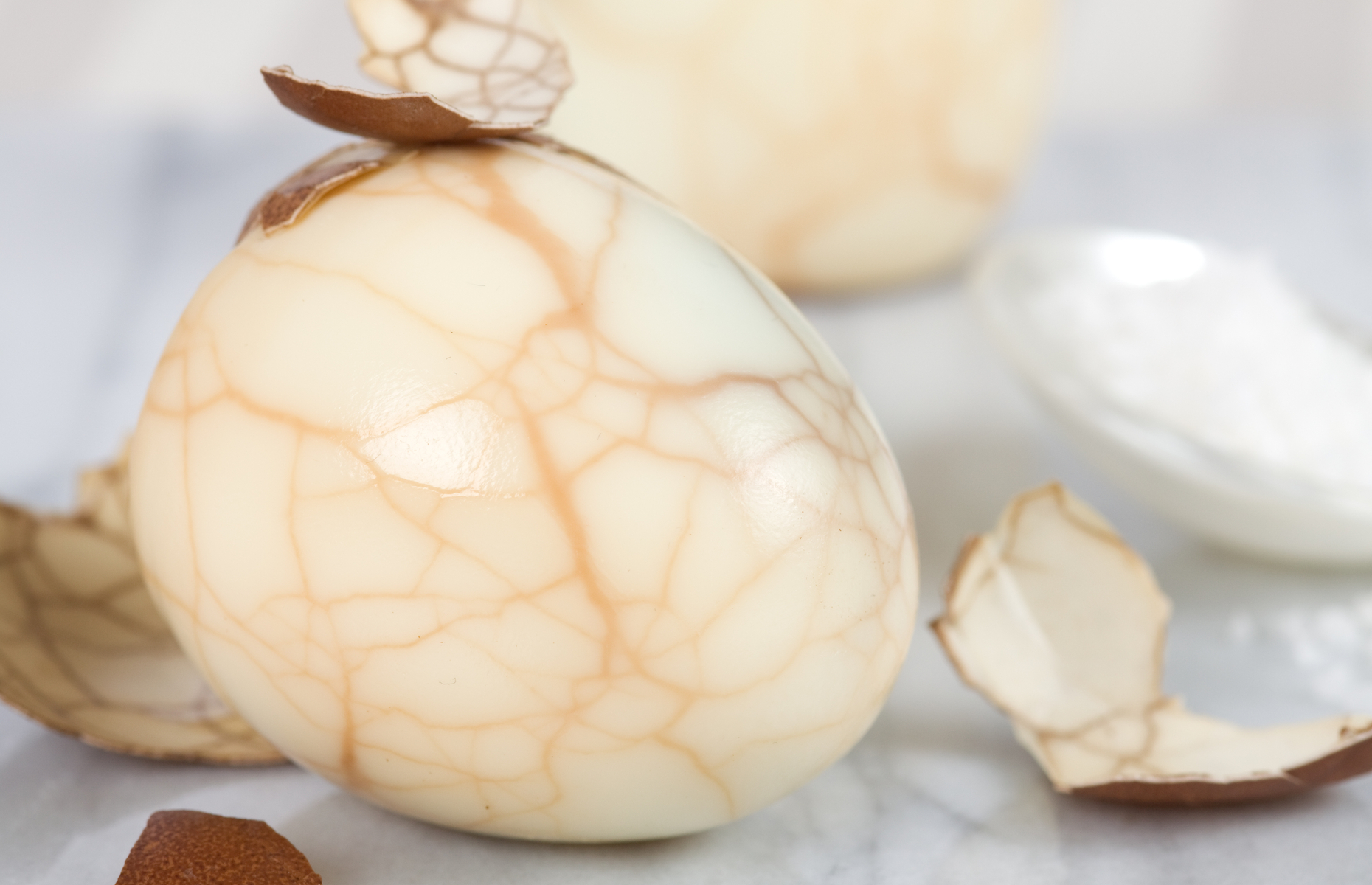 Shutterstock/Bildagentur Zoonar GmbH
Shutterstock/Bildagentur Zoonar GmbH
To make edible ash, start by cooking the onion skins in a dry frying pan, oven or barbecue (without any oil) until they’re dark brown in colour. Once cooled, blitz until you have a fine powder.
Then take whole root vegetables – celeriac is particularly good, but potatoes, parsnips and swedes also work well – and parboil them. Coat with the onion ash, olive oil and seasoning and finish cooking in an oven. This ash-baking technique gives an intriguing, subtly smoky flavour.
You might also like:
Could you live a zero food waste lifestyle?
Comments
Be the first to comment
Do you want to comment on this article? You need to be signed in for this feature